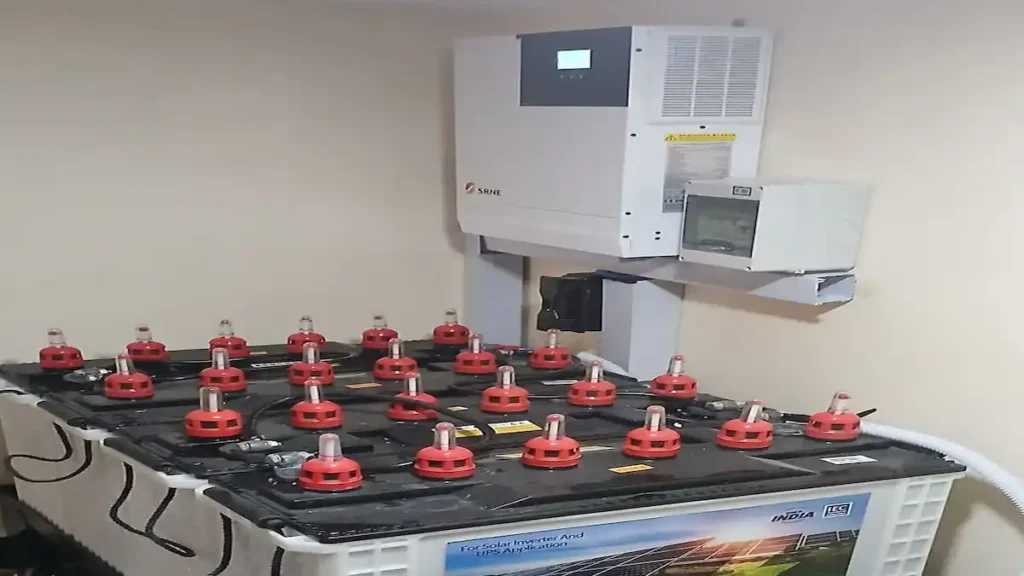Solar in Nigeria Is Booming – But Many Are Still Getting It Wrong
With fuel prices rising and NEPA becoming more unreliable than ever, many Nigerians are turning to solar power as the only logical solution. But while demand for solar installations is increasing across Lagos, Abuja, Enugu, Port Harcourt, and beyond, thousands of buyers are wasting money because they don’t fully understand what they’re buying.
In this guide, you’ll discover the top 5 costly mistakes Nigerians make when buying solar—and how to avoid them. This is a must-read before you spend even ₦1 on your solar setup.
Mistake 1: Not Calculating Your Actual Power Needs
Most Nigerians rush into buying solar without even calculating their energy consumption. Instead, they tell a vendor: “I want something that powers my fridge, fan, and TV.” That’s not enough.
The Fix:
List every appliance you want to power.
Multiply each one’s wattage by the hours you use it daily (Wh = W × hours).
Add it all up to get your daily power needs.
For instance: If your fridge uses 150W for 8 hours/day = 1,200Wh or 1.2kWh/day.
Without this step, you’ll either:
Overpay for an oversized system, or
Under-buy and your batteries will always run down.
Mistake 2: Choosing the Cheapest Installer or Vendor
It’s tempting to go for the “guy that charges ₦50K less” on Jiji or Instagram, but solar is not a plug-and-play product. If installed wrong, you risk fire hazards, damaged batteries, or total system failure within a few months.
The Fix:
Choose certified installers who offer warranties and post-installation support.
Ask for previous projects and references.
Read reviews or check Google Business listings.
A bad install today can cost you ₦300K–₦1M in replacement costs within 6–12 months.
Mistake 3: Mixing Incompatible Components
Many Nigerians piece together solar parts from different brands—panels from one vendor, batteries from another, inverter from a third—without checking compatibility.
This often leads to:
Lower efficiency
System errors and shutdowns
Reduced lifespan of batteries and inverters
The Fix:
Buy all components as a complete kit from a trusted dealer.
Use an MPPT charge controller that matches both your panel and battery specs.
Avoid overloading your inverter by using a proper load calculator.
Think of your solar setup like a car engine—everything must work together.
Mistake 4: Ignoring Battery Quality and Sizing
Batteries are the most expensive part of your system and the first to fail if you get them wrong. Many people buy the cheapest lead-acid batteries without knowing they:
Need regular maintenance
Can’t go below 50% discharge
Die fast if overloaded or overheated
The Fix:
Use lithium batteries if your budget allows (10+ year lifespan).
For lead-acid, go for trusted brands like Tubular, Luminous, or Ritar.
Make sure your battery bank matches your inverter and load.
2 x 200Ah batteries ≠ enough for full-day usage unless paired with proper panel input.
Mistake 5: Not Planning for the Rainy Season or Future Growth
Many people install just enough to power their current needs in the dry season, but forget that solar production drops 30–60% during heavy rains or harmattan haze.
Also, they don’t plan ahead: what happens if you buy an extra fridge or A/C in 6 months?
The Fix:
Add at least 20–30% buffer when calculating panel wattage.
Leave space for adding more panels and batteries in the future.
Choose an inverter that can scale (e.g., from 3kVA to 5kVA).
Always think 12–24 months ahead when sizing your system.
Note: Ask These Questions Before You Buy
What’s the panel wattage and voltage?
Are these batteries deep-cycle and compatible?
What’s the efficiency rating of the inverter?
Is the installer giving me a warranty and support?
What’s the backup runtime on a full charge?
If your vendor or installer can’t answer these, walk away.
Ideal System for a 2-Bedroom Flat (2025 Setup)
| Component | Recommendation |
|---|---|
| Solar Panels | 8 x 450W (3.6kW total) |
| Inverter | 5kVA Pure Sine Wave |
| Batteries | 4 x 200Ah Tubular (48V) |
| Controller | 60A MPPT Charge Controller |
| Installation | Professional only |
Estimated Cost: ₦2.7M – ₦4M
Solar power is one of the best investments you can make in Nigeria today. But it’s only a good investment if you buy it right. Avoiding these 5 mistakes can save you millions in future repairs and losses—and help you enjoy clean, quiet, uninterrupted power for the next 10–20 years.
Want expert advice for your apartment or office? Request a free solar consultation on our site.
Author
Top Solar Picks, founded by John, a Solar Energy Writer and Researcher with over 12 years of experience in renewable energy, is dedicated to helping homeowners and businesses make informed, data-driven decisions about solar power. John’s expertise and research pr...

